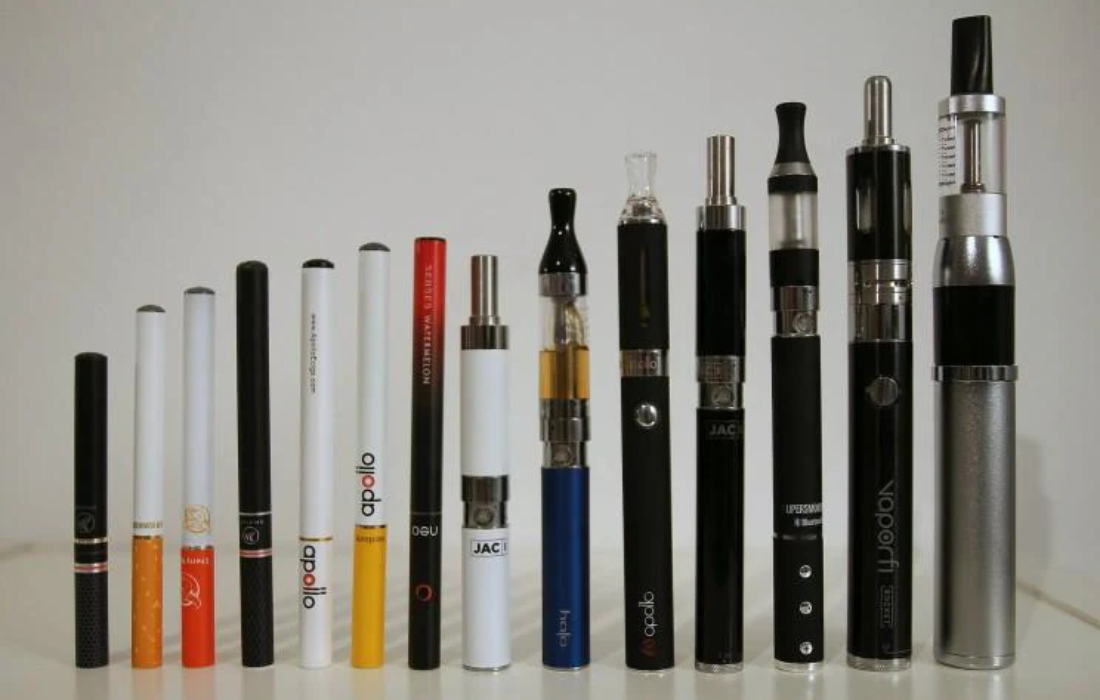The history of cigarettes as we know them now is extensive, spanning centuries and cultural divides. From their pre-Columbian American beginnings to the globalization of mass-produced cigarettes in the 20th century, the history, economy, and social transformation of cigarettes are intricately linked. This article charts the development of cigarettes, emphasizing the pivotal events that influenced the market and the society around smoking.
The Birth of Tobacco Use in the Americas
Native Americans in the Americas have been using tobacco for generations. For ceremonial and therapeutic purposes, Native Americans smoked tobacco in pipes long before cigarettes were invented. This custom was introduced to European explorers such as Christopher Columbus upon their arrival in the New World, and in the sixteenth century, they returned to Europe with tobacco. As smoking became a regular habit among both nobles and commoners in Europe, tobacco rapidly gained appeal.
Cigarettes in their current shape were not been developed during this time; tobacco was still often smoked in pipes or wrapped into rudimentary cigars.
The 19th Century: The First Commercial Cigarettes
Spain in the 19th century is where the modern cigarette first appeared. Among the first to roll loose tobacco in paper to create what we now know as early cigarettes were Spanish manufacturing workers. After French troops returned from the Crimean War in the 1850s, the habit expanded throughout Europe, greatly popularizing cigarette smoking. A wider range of people found cigarettes appealing since they were more affordable, more portable, and smaller than cigars.
The American cigarette industry was drastically altered by the industrial revolution. Cigarette prices fell and supplies increased as a result of the late 19th-century invention of the cigarette rolling machine, which allowed for the mass production of cigarettes. A cutting-edge cigarette rolling machine capable of producing up to 120,000 cigarettes a day was created in 1881 by James Bonsack. Tobacco companies like the American Tobacco Company took advantage of this and transformed cigarettes into a commodity that could be purchased.
The 20th Century: The Golden Age of Cigarettes
Particularly following World Wars I and II, the 20th century was a golden age for cigarettes. Cigarettes saw a boom in popularity among both men and women throughout both wars since they were included in the rations for soldiers. During this time, smoking became more and more glamorized in popular culture, and strong tobacco firms emerged. To add to their attractiveness, iconic Hollywood actors were frequently spotted smoking cigarettes.
But by the middle of the 20th century, evidence of smoking’s negative health effects started to emerge. Research connected cigarettes to heart disease, lung cancer, and other dangerous illnesses, which raised public awareness and changed laws.
Cigarettes in the Modern Era
Although there is a general awareness of the health hazards associated with cigarettes, their popularity has not decreased from their peak in the 1950s. Worldwide smoking rates have decreased as a result of the implementation of health warnings, public smoking prohibitions, and anti-smoking initiatives. Substitutes like as nicotine packets and e-cigarettes are becoming more popular.
In summary, alterations in culture, technology, and societal standards are reflected in the history of cigarettes. Cigarettes continue to influence contemporary smoking culture and have left a lasting legacy throughout history, from their modest origins in Indigenous rites to their industrialized mass manufacture.






Leave a reply